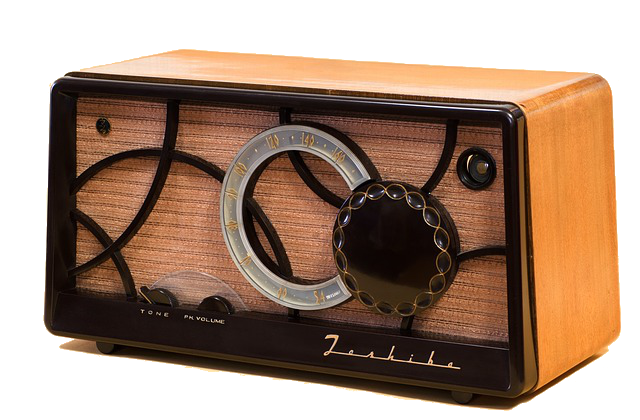
Alongside the development of long-range wired communications, radio also started to make headway into the realm of long-distance communication.
Radio transmission converts sound waves into data that radio waves carry quickly and reasonably reliably from one station to another. A radio receiver converts the radio waves back into sound waves that the recipient can easily understand. Although the telephone was (and still is) much more popular for two-way communication, radio is still widely used in situations where wires are impractical (e.g., on the ocean or for ground–air communications to airplanes and satellites). For most of the 20th century, the most common use of radio was one-way broadcasts of information and entertainment.
Wireless communications typically cost far less than long-distance wired systems because of the cost of purchasing and stringing wire to connect telecommunication posts to each other. Radio communications, though, are less reliable than wired connections because they can be blocked by solid objects and the direction in which the radio waves travel cannot be controlled easily.
